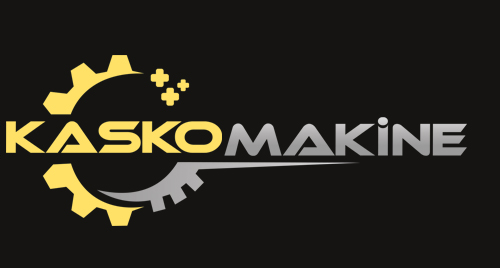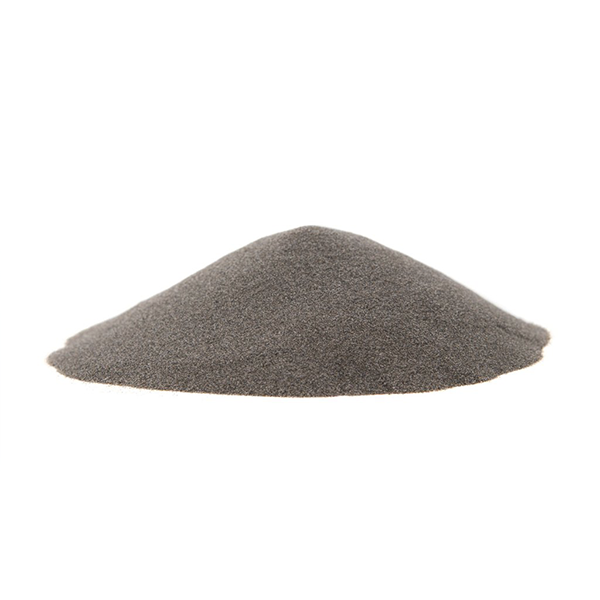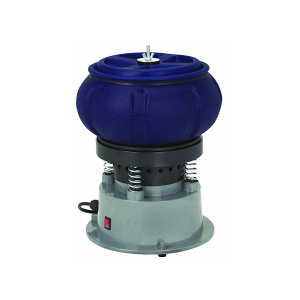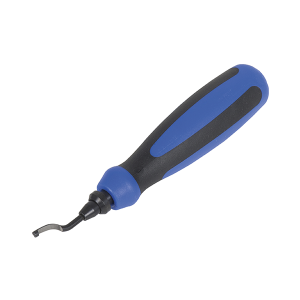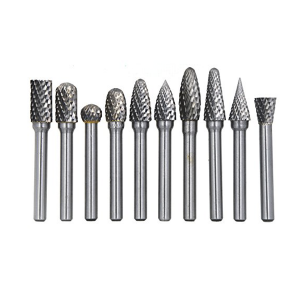Blasting media for stripping paints, removing primers, enamels, powder coating, rust & scale from steel, foundry metals, aluminum, bronze, plastics, composites, rubber, wood, brick and stone. Abrasives also available for Tumbling and Deburring applications. Below are a selection of Hard Abrasives for use in profiling metal surfaces with an anchor finish in preparation for paint & coatings, as well as in peening applications. Also, available, Soft Abrasives.
Blasting is a process where small angular or spherical particles are propelled at a substrate by compressed air, mechanical high-speed rotating wheels or water pumps. This process is widely used because it is efficient, economical and fast.
Blasting is an excellent method for removing:
– Rust
– Heat-treat scale
– Corrosion
– Paint
– Flash-burn
– Dirt
Blasting also prepares parts for:
– Assembly
– Plating
– Anodizing
– Painting
-Coating
Blasting is the process of treating a surface by propelling particles at high velocity toward it. It is a quick and easy way to remove foreign matter from metal, rubber or plastic.
Blasting is generally performed in enclosed environments like blasting chambers or cabinets, or on open sites, for example on buildings, bridges, tanks, boats or mobile plants. Common hazards include dusts, hazardous chemicals and risks associated with the use of plant and equipment.
Blasting has many variants, including:
– Abrasive blasting
– Rock blasting
– Sand blasting
– Grit blasting
– Shot blasting
Important factors to consider when using the blasting process include:
– Blast media type
– Shape
– Size
– Density
– Hardness
– Media acceleration
– Media volume
– Blasting distance from the work piece
– Angle of impact
– Time cycles
